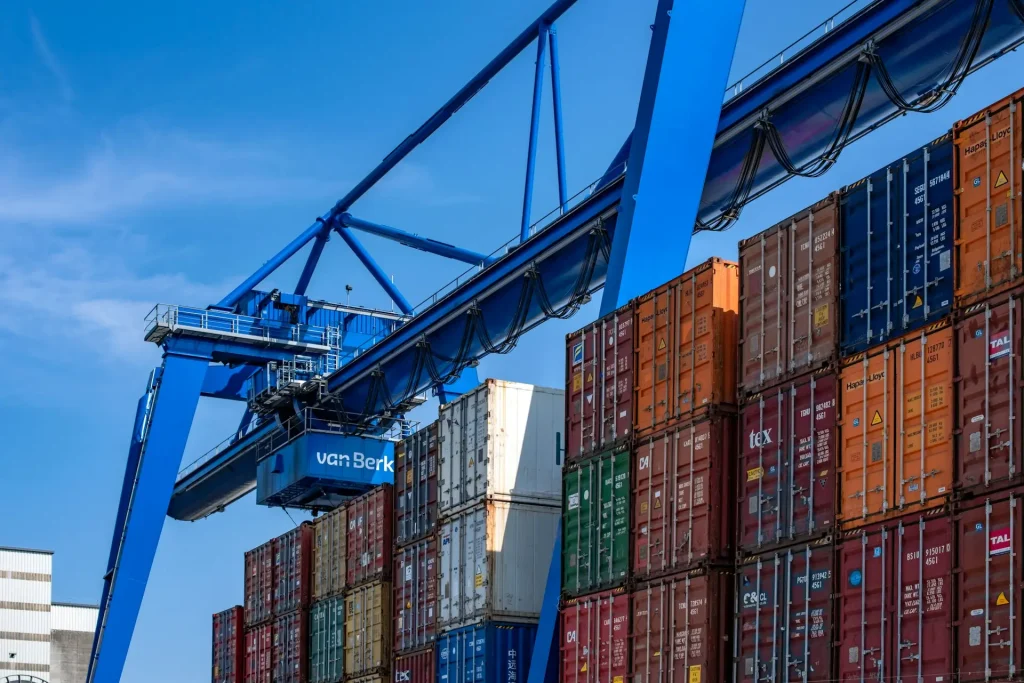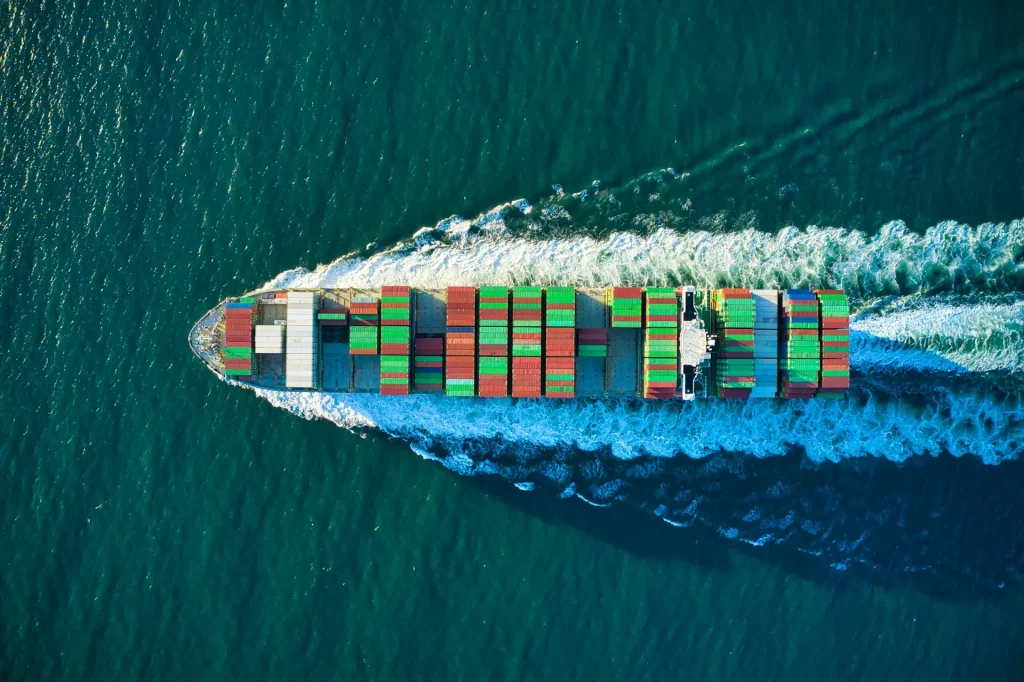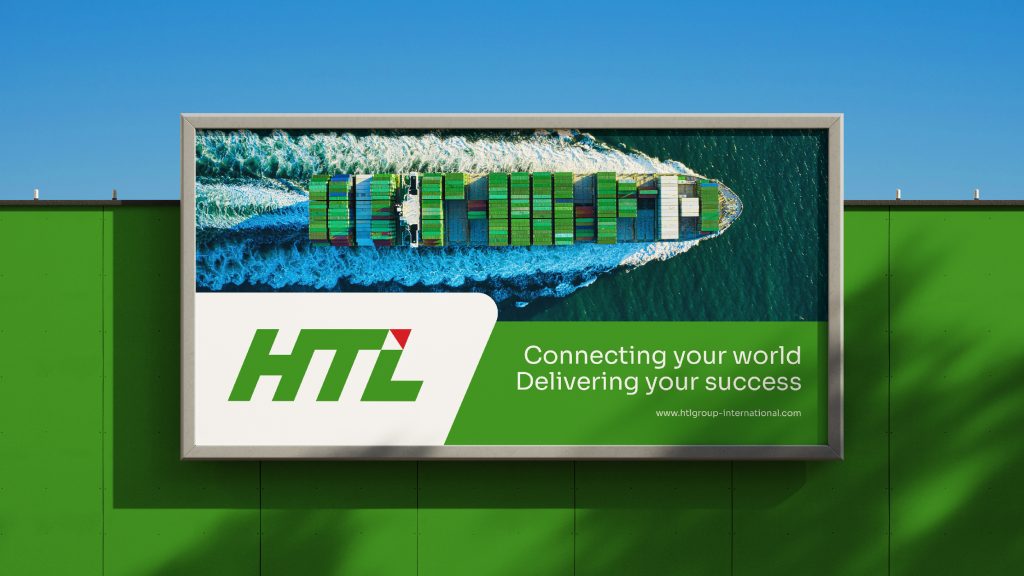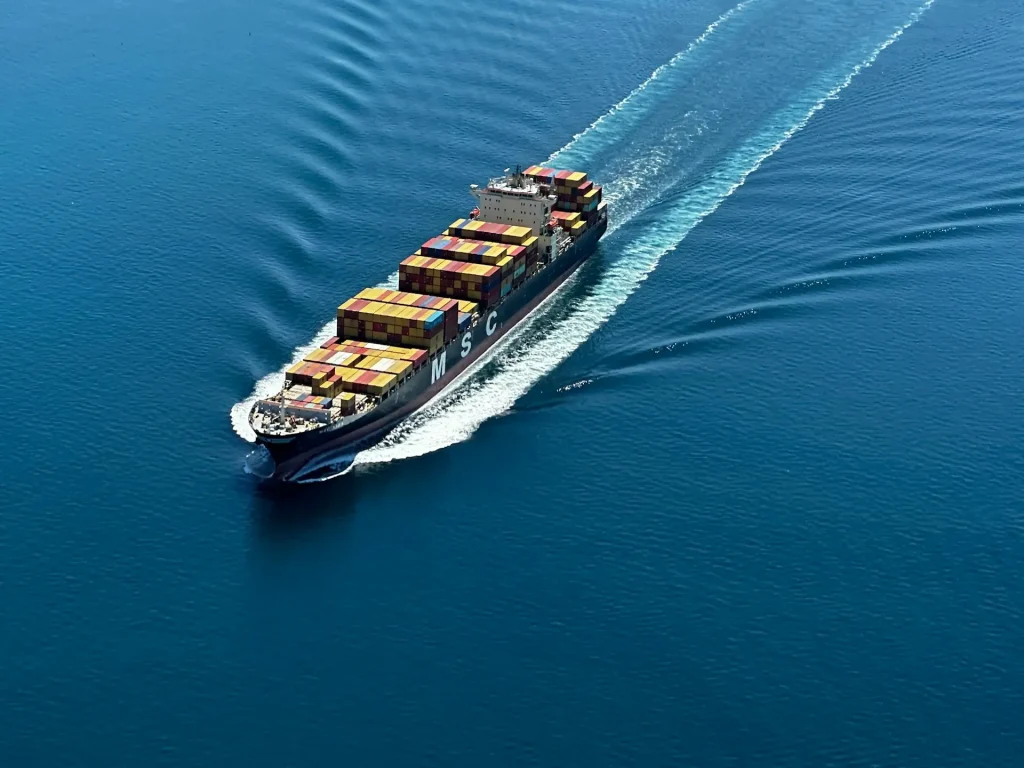When customers order a product, they don’t think about the entire supply chain — they only notice the final step: the delivery to their door. This is known as last-mile delivery, and it has become one of the most critical — and challenging — aspects of modern logistics.
What is Last-Mile Delivery?
Last-mile delivery refers to the final stage of a product’s journey, from a distribution center or warehouse to the end customer. It might be just a few kilometers, but it’s often the most expensive and time-consuming part of the delivery process.
This step can make or break the customer experience. Even if the product arrives in perfect condition, late deliveries can lead to disappointment and negative reviews.
Why It’s Becoming More Important
The growth of e-commerce and same-day delivery expectations has put last-mile logistics under the spotlight. Customers now expect:
- Faster Delivery – Next-day or even same-day shipping.
- Real-Time Updates – Knowing exactly when a package will arrive.
- Flexible Options – Choosing delivery times or pickup locations.
For businesses, meeting these demands can be a powerful competitive advantage.
The Challenges of Last-Mile Delivery
Delivering to individual addresses is more complex than transporting bulk shipments between hubs. Challenges include:
- High Costs – Fuel, labor, and vehicle maintenance add up quickly.
- Traffic and Route Issues – Urban congestion can delay deliveries.
- Failed Deliveries – Customers not being home at delivery time.
These challenges require innovative solutions to keep costs down while maintaining service quality.
Innovations in Last-Mile Logistics
Technology is driving major improvements in last-mile delivery:
- Route Optimization Software – Reduces delivery time and fuel use.
- Delivery Drones – Being tested for remote or hard-to-reach areas.
- Smart Lockers – Allow customers to pick up packages at their convenience.
- Electric Vehicles – Lower environmental impact and fuel costs.
These innovations aim to make last-mile delivery faster, greener, and more reliable.
The Role of Logistics Providers
A skilled logistics partner can significantly improve last-mile performance by:
- Offering flexible delivery windows.
- Providing real-time tracking systems.
- Using local distribution hubs to shorten travel distances.
This expertise ensures customers get a smooth delivery experience, boosting loyalty and repeat purchases.
Conclusion
Last-mile delivery may be the shortest part of a product’s journey, but it has the biggest impact on customer satisfaction. By investing in efficient and innovative last-mile solutions, businesses can stay ahead in an increasingly competitive marketplace.




